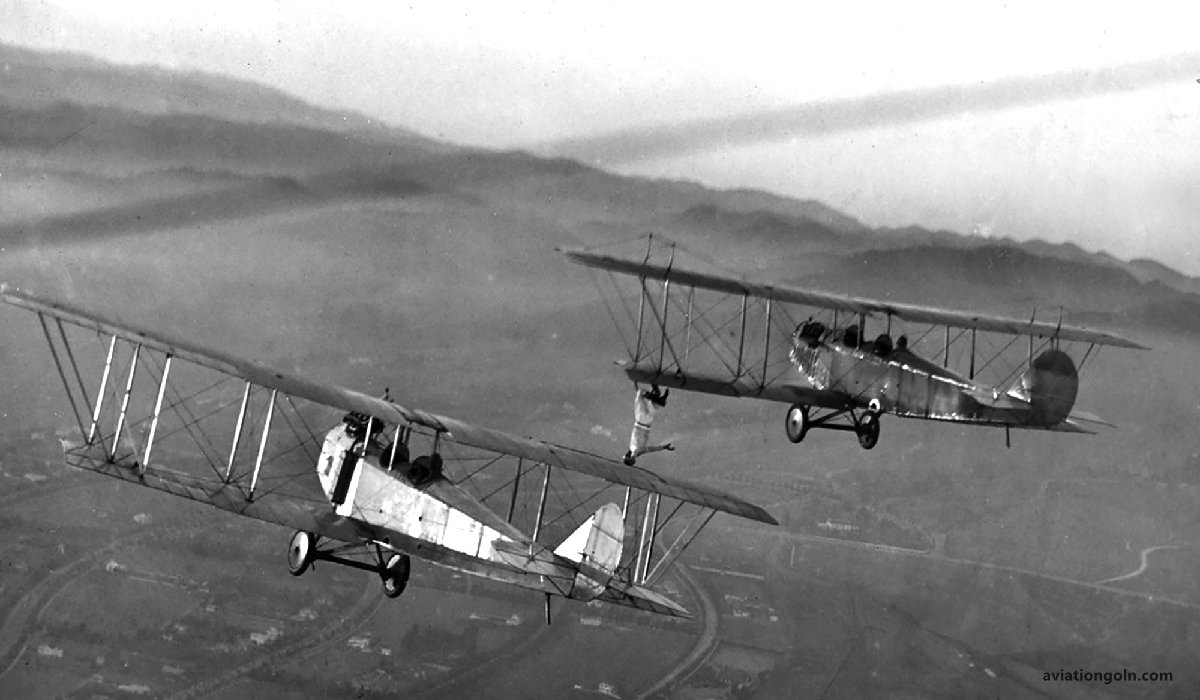Aircraft Structure and Design Elements: Aircraft are marvels of engineering. From the earliest Wright Brothers’ flyer to modern-day jets that whisk passengers around the world, the principles governing aircraft design and structure have continuously evolved to meet a variety of challenges. An aircraft must be aerodynamically efficient, structurally sound, and able to support both its own weight and the dynamic loads it encounters during flight. This article delves deep into the structures and design elements that make an aircraft what it is.
Aircraft Structure and Design Elements

Introduction
The primary function of an aircraft’s structure is to hold all the components together against aerodynamic forces and provide shape to the aircraft. Whether it’s a small general aviation plane or a large commercial jet, certain universal elements define its structure and design.
Major Structural Components
1. Fuselage:
The fuselage is the aircraft’s main body structure. It houses the flight crew, passengers, and cargo. The design of the fuselage is often cylindrical to withstand the internal pressurization needed for high-altitude flights and to achieve aerodynamic efficiency. Materials like aluminum, composite materials, and in some newer aircraft, carbon-fiber-reinforced polymers are commonly used for fuselage construction.
2. Wings:
Wings provide the lift essential for flight. The shape and size of the wings, also known as the wing planform, significantly affect the aircraft’s performance characteristics, including speed, lift, and fuel efficiency.
- Leading and Trailing Edges: The front part of the wing is the leading edge, and the back part is the trailing edge. The curvature between these edges, or the camber, has an impact on lift generation.
- Flaps and Slats: Attached to the trailing and leading edges, respectively, these movable surfaces increase the wing’s lift during takeoff and landing.
- Ailerons: These are the hinged sections on the trailing edge of the wing that control roll.
3. Empennage or Tail Assembly:
This refers to the aircraft’s tail section and includes vertical and horizontal stabilizers.
- Vertical Stabilizer and Rudder: The vertical stabilizer prevents unwanted yawing motion (side-to-side movement), while the rudder controls and induces yaw.
- Horizontal Stabilizer and Elevators: The horizontal stabilizer prevents pitching motion (up-and-down movement), and the elevators control the pitch.

4. Landing Gear:
This comprises the wheels and struts that support the aircraft while on the ground. The design can be tricycle (one nose wheel and two main wheels) or tailwheel (one tailwheel and two main wheels). Landing gear must be robust to handle the impact of landing and the aircraft’s weight.
5. Powerplant:
The powerplant includes engines and propellers or jet turbines. Its design and placement depend on the aircraft type. For instance, commercial jetliners use turbofan engines mounted under the wings, while many general aviation aircraft have piston engines with propellers at the nose.

Design Considerations
1. Aerodynamics: The study of how air flows around objects, especially an aircraft, is paramount. Aerodynamics dictates the aircraft’s shape, from the sleek curvature of its nose to the angle of its wings.
2. Materials: Over the years, there has been a transition from wood and fabric to aluminum, and now, to composite materials. The choice depends on weight, strength, flexibility, and cost considerations.
3. Weight and Balance: An aircraft’s center of gravity (CG) affects its stability. It’s crucial to maintain the CG within specified limits. Weight reductions can lead to fuel savings and increased efficiency.
4. Load Factors: Aircraft structures must withstand various loads, from the weight of passengers and cargo to the dynamic forces during takeoff, flight, and landing.
5. Safety and Redundancy: Aircraft are designed with multiple safety layers. For instance, twin-engine planes can often fly even if one engine fails. Structural elements often have backup systems in case of primary system failures.
6. Environment and Efficiency: With increasing concerns about the environment and fuel costs, designers aim for fuel-efficient designs. This push led to innovations like winglets, which reduce vortex drag at wingtips and improve fuel efficiency.

Evolution of Aircraft Design
Historically, aircraft designs evolved in response to technological advances and requirements.
- Biplanes to Monoplanes: Early aircraft, like the biplanes of WWI, had multiple wings for structural integrity. As materials and engineering improved, the monoplane design became standard due to its aerodynamic advantages.
- Jet Age: The invention of the jet engine during WWII revolutionized aircraft design. The need for speed and altitude led to swept wings and more streamlined fuselages.
- Modern Innovations: Today, with advancements in computational fluid dynamics and materials science, aircraft designs incorporate features like blended wing bodies and adaptive materials.

Future of Aircraft Design
The future holds exciting possibilities:
- Electric and Hybrid Propulsion: With the focus on green technology, electric and hybrid propulsion systems are being developed, promising quieter and cleaner flight.
- Autonomous Aircraft: Just as cars are veering towards autonomy, there’s research on pilotless aircraft. This could revolutionize industries like cargo transport.
- Supersonic and Hypersonic Travel: Efforts are ongoing to break the speed barriers without the noise issues (like the sonic boom) that plagued earlier supersonic planes like the Concorde.
- Urban Air Mobility: With congested cities, the idea of vertical take-off and landing (VTOL) vehicles for urban transportation is gaining traction.

Aircraft structures and design elements are a testament to the wonders of engineering. With the right mix of science, technology, and innovation, aircraft have evolved, and will continue to evolve, to meet the ever-changing demands of society and the environment. As we stand on the cusp of newer innovations like electric flight and urban air mobility, it’s exciting to envision where the next frontier in aircraft design will take us.
